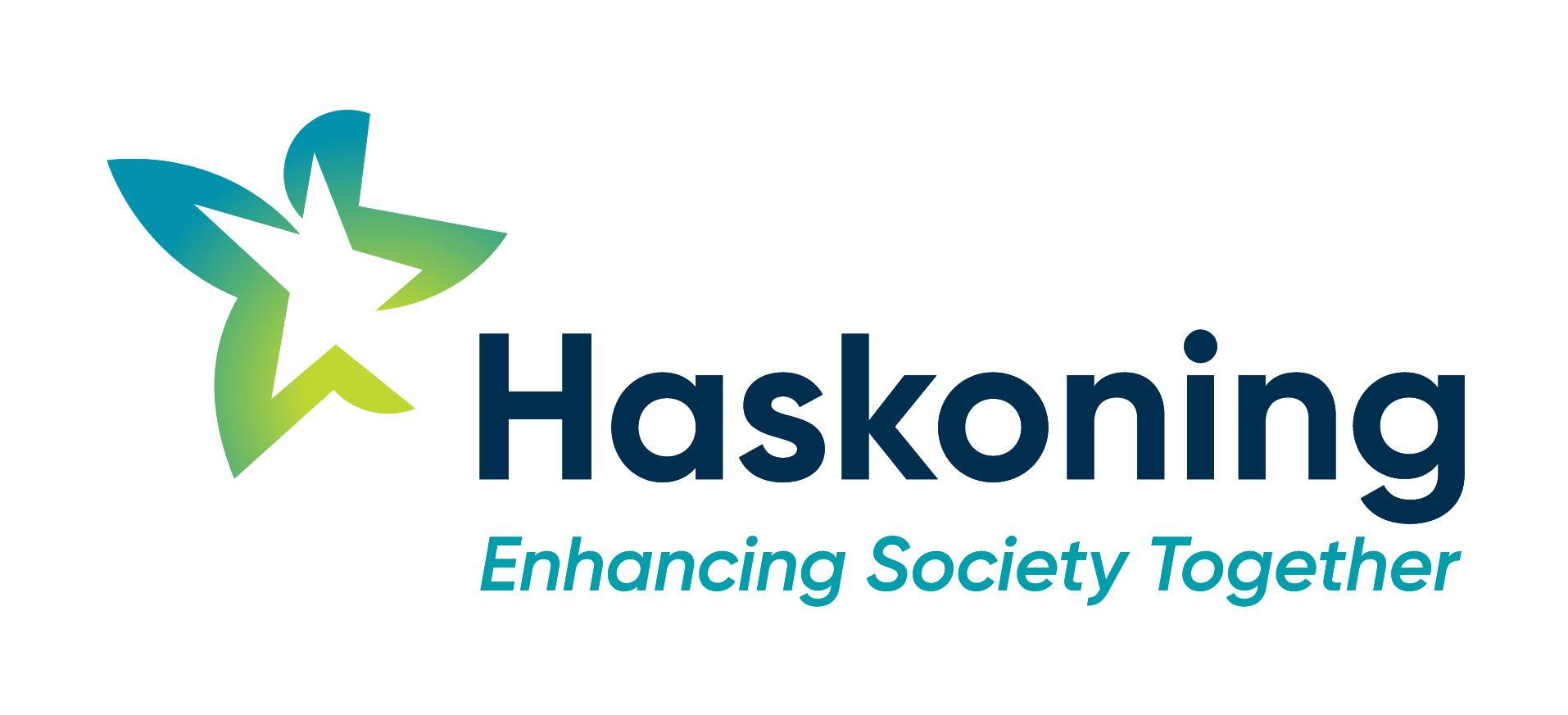
Dutch Firm Haskoning DHV Revives BIA Expansion after Years of Missteps
- CNL Reporter
- June 16, 2025
- News
- Dutch Firm
- 0 Comments
News of the Day
The long-delayed expansion of Sri Lanka’s Bandaranaike International Airport (BIA) is back on track with Dutch consultancy firm Haskoning DHV Nederland B.V appointed to prepare a new master plan, following years of planning failures and procedural setbacks.
Haskoning DHV, selected through an international tender, has been tasked with re-envisioning the future of the airport, focusing on boosting capacity, operational efficiency, and passenger experience. The latest plan aims to increase BIA’s annual passenger capacity from the current 6 million to 16 million, in alignment with Sri Lanka’s tourism growth goals.
Finance Ministry sources said the consultancy will conduct a comprehensive evaluation of BIA’s existing infrastructure, technology systems, regulatory frameworks, and human resources to provide a practical and sustainable expansion roadmap.
The move comes after Airport and Aviation Services (Sri Lanka) (Private) Ltd cancelled the previous consultancy contract, citing breaches of contractual obligations. Cabinet Spokesman Dr. Nalinda Jayatissa confirmed that the original contractor was dropped for failing to meet agreed terms, prompting a re-launch of the procurement process.
The airport’s expansion saga dates back to 2014, when the Sri Lankan government, supported by the Japan International Cooperation Agency (JICA), embarked on an ambitious development project. Japanese consultants—Japan Airport Consultants Inc. (JAC) and Nippon Koei—were engaged to deliver international-standard infrastructure, including a refined fuel hydrant system on the tarmac to streamline aircraft refueling.
However, the project soon veered off course. A domestic contractor, VAC, reportedly rejected the Japanese designs and implemented its own layout for fuel hydrants—prompting sharp criticism. The new configuration was described by a member of the Committee on Public Enterprises (COPE) as “a logistical and engineering absurdity,” undermining the original master plan and causing inefficiencies on the ground.
Industry insiders argue that the missteps in consultancy and oversight during this period reflect broader issues in infrastructure governance—where expensive international expertise is employed without sufficient accountability for execution flaws.
More recently, the construction of Phase II of the BIA expansion project—scheduled to begin in 2025 and be completed within 30 months—was mired in further controversy.
The Cabinet Appointed Negotiating Committee (CANC) disqualified the Sojitz-L&T consortium, the initially selected bidder, over an invalid Power of Attorney (POA) document. The POA, a key legal requirement under local procurement law, lacked attestation by a Sri Lankan registrar, leading to disqualification.
Adding to the controversy, the main partner in the consortium had previously backed out of an awarded project, raising further questions about due diligence and regulatory oversight. Allegations of an unfair tender deadline extension also sparked criticism from rival bidders who had already committed significant resources to meet the original deadline.
Phase II Stage 2 of the BIA project envisions a world-class terminal spread over 180,000 square meters, a vast apron area of 210,000 square meters, improved road networks, and upgraded passenger facilities. However, delays, governance concerns, and shifting plans have so far hindered progress.
With Haskoning DHV at the helm and renewed scrutiny on procurement practices, authorities now hope to restore credibility and efficiency to a project that is critical for Sri Lanka’s post-crisis economic and tourism revival.

